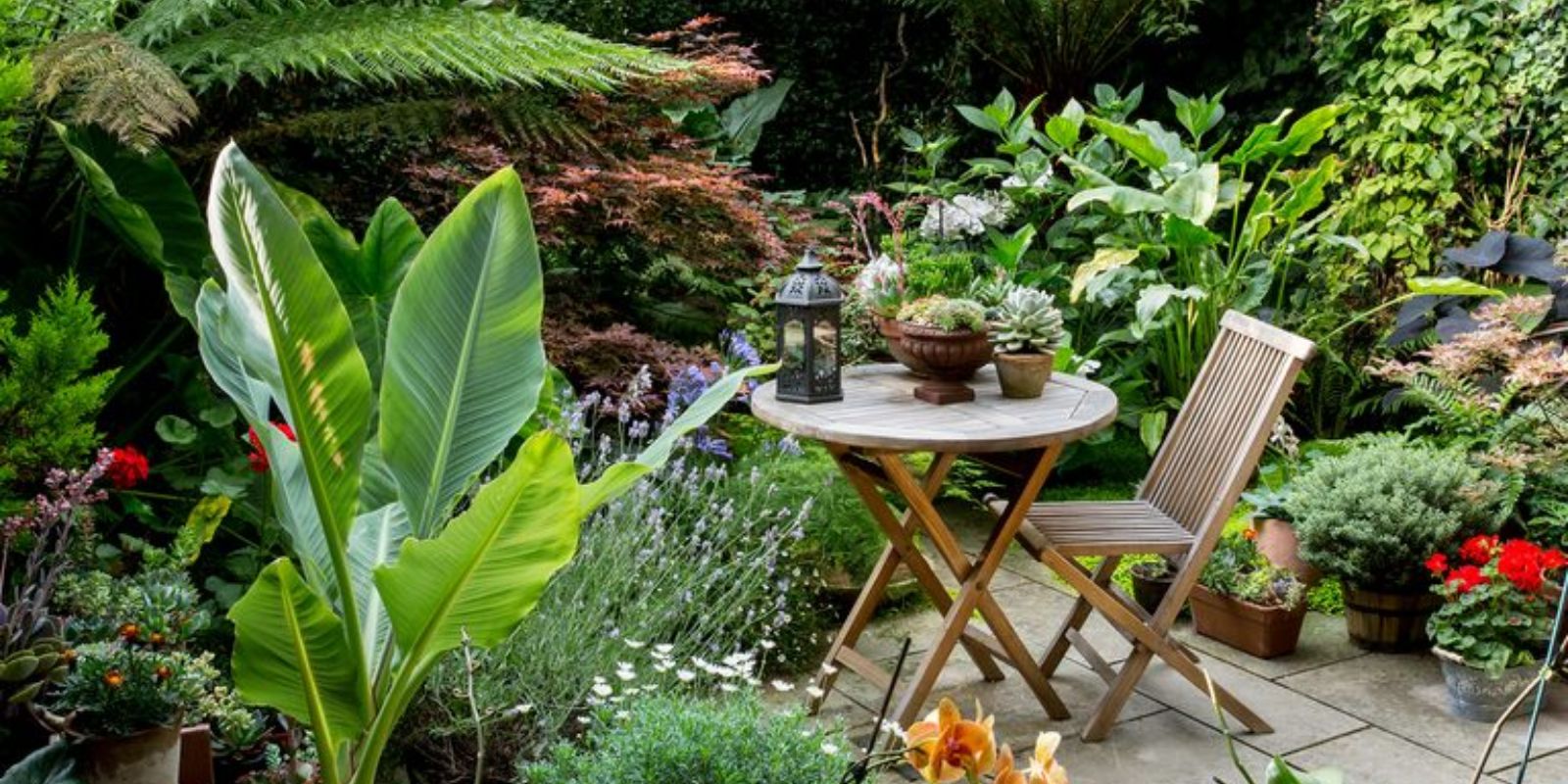Creating a home garden is an exciting endeavor that allows you to blend nature with creativity. Whether you envision a lush vegetable patch, a vibrant flower garden, or a serene retreat, the key to a successful garden lies in thoughtful planning and design. This comprehensive guide will walk you through the essential steps to design a garden that is both functional and beautiful, making your outdoor space a true reflection of your personal style.
1. Assessing Your Space
Before diving into design, take a close look at your garden area. Understanding the dimensions, topography, and existing conditions will guide your planning process.
- Measure Your Garden: Start by measuring the length and width of your garden space. Create a scale drawing to help visualize different elements.
- Evaluate Sunlight and Soil: Observe how sunlight moves across your garden throughout the day. Identify areas that receive full sun, partial shade, or full shade. Test your soil to determine its type and quality, which will influence your plant choices.
- Consider Existing Structures: Take note of any existing features like fences, pathways, or trees that will affect your garden layout.
2. Defining Your Goals
What do you want to achieve with your garden? Setting clear goals will help you create a design that meets your needs and desires.
- Decide on Functionality: Determine whether you want a garden for growing vegetables, a flower garden for aesthetics, or a combination of both. Consider if you need space for outdoor dining, entertaining, or relaxation.
- Set Aesthetic Preferences: Think about the style you want for your garden. Do you prefer a formal garden with neat lines, or a more relaxed cottage garden with a natural look?
3. Creating a Layout
A well-thought-out layout is crucial for a successful garden. This step involves organizing your garden space to maximize its potential.
- Sketch Your Design: Use graph paper or garden design software to create a detailed sketch. Include the placement of paths, plant beds, seating areas, and other features.
- Plan for Accessibility: Ensure that paths and access points are wide enough for comfortable movement. Place frequently used tools and storage areas conveniently.
- Incorporate Zones: Divide your garden into functional zones, such as a vegetable patch, flower beds, and a relaxation area. This helps in organizing your garden and making it more efficient.
4. Choosing Plants Wisely
Selecting the right plants is essential for both beauty and functionality. Your choice should be based on several factors.
- Match Plants to Conditions: Choose plants that are suited to the sunlight and soil conditions in each part of your garden. For example, select shade-tolerant plants for shady areas and sun-loving plants for sunny spots.
- Consider Maintenance Needs: Opt for plants that fit your maintenance preferences. Some plants require more care, while others are low-maintenance and hardy.
- Create Variety: Incorporate a mix of textures, colors, and heights to add visual interest. Include both perennial and annual plants for year-round beauty.
5. Incorporating Features
Adding special features can enhance both the functionality and visual appeal of your garden.
- Water Features: Consider installing a pond, fountain, or birdbath to add a calming sound and attract wildlife.
- Garden Art: Incorporate sculptures, trellises, or decorative pots to add personality and style to your garden.
- Raised Beds and Containers: Use raised beds and containers for growing vegetables or flowers, especially if you have limited space or poor soil.
6. Planning for Maintenance
A well-designed garden should be easy to maintain. Plan ahead to ensure that you can keep your garden looking its best with minimal effort.
- Create Accessible Beds: Design your garden beds to be easily reachable for planting, weeding, and harvesting. Avoid overly large beds that are hard to manage.
- Install Irrigation Systems: Consider installing a drip irrigation system or soaker hoses to simplify watering and conserve water.
- Use Mulch and Compost: Apply mulch to garden beds to retain moisture and suppress weeds. Incorporate compost to improve soil fertility and structure.
7. Implementing Your Design
With your plan in place, it’s time to bring your vision to life. Follow these steps to implement your garden design:
- Prepare the Site: Clear the area of debris, weeds, and unwanted plants. Prepare the soil by tilling or amending it as needed.
- Install Features First: Begin by installing any permanent features, such as paths, raised beds, or water features.
- Plant Your Garden: Follow your planting plan to position and plant your chosen varieties. Be sure to plant at the appropriate depth and spacing for each type of plant.
- Add Finishing Touches: Complete your garden by adding any final touches, such as decorative elements, outdoor furniture, or lighting.
8. Enjoying Your Garden
Once your garden is established, take the time to enjoy the fruits of your labor. Spend time in your garden, observe how it evolves, and make adjustments as needed.
- Regular Maintenance: Keep up with routine tasks like watering, weeding, and pruning to ensure your garden remains healthy and vibrant.
- Seasonal Updates: Adapt your garden design with the changing seasons by adding seasonal plants or changing the layout as needed.
Conclusion
Designing a home garden is a rewarding process that combines creativity with practicality. By following these steps, you can create a garden that not only looks beautiful but also serves your needs and enhances your outdoor living space. From planning and plant selection to maintenance and enjoyment, each aspect of garden design contributes to a harmonious and functional garden.
Motivation: Transform your garden into your personal paradise! With thoughtful design and a touch of creativity, you can create an outdoor space that brings joy and beauty to your life. 🌿🌸
Hashtags: #GardenDesign #HomeGarden #OutdoorLiving #GardenPlanning #LandscapeDesign #BeautifulGardens #GardenInspiration #BackyardParadise

